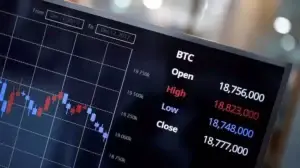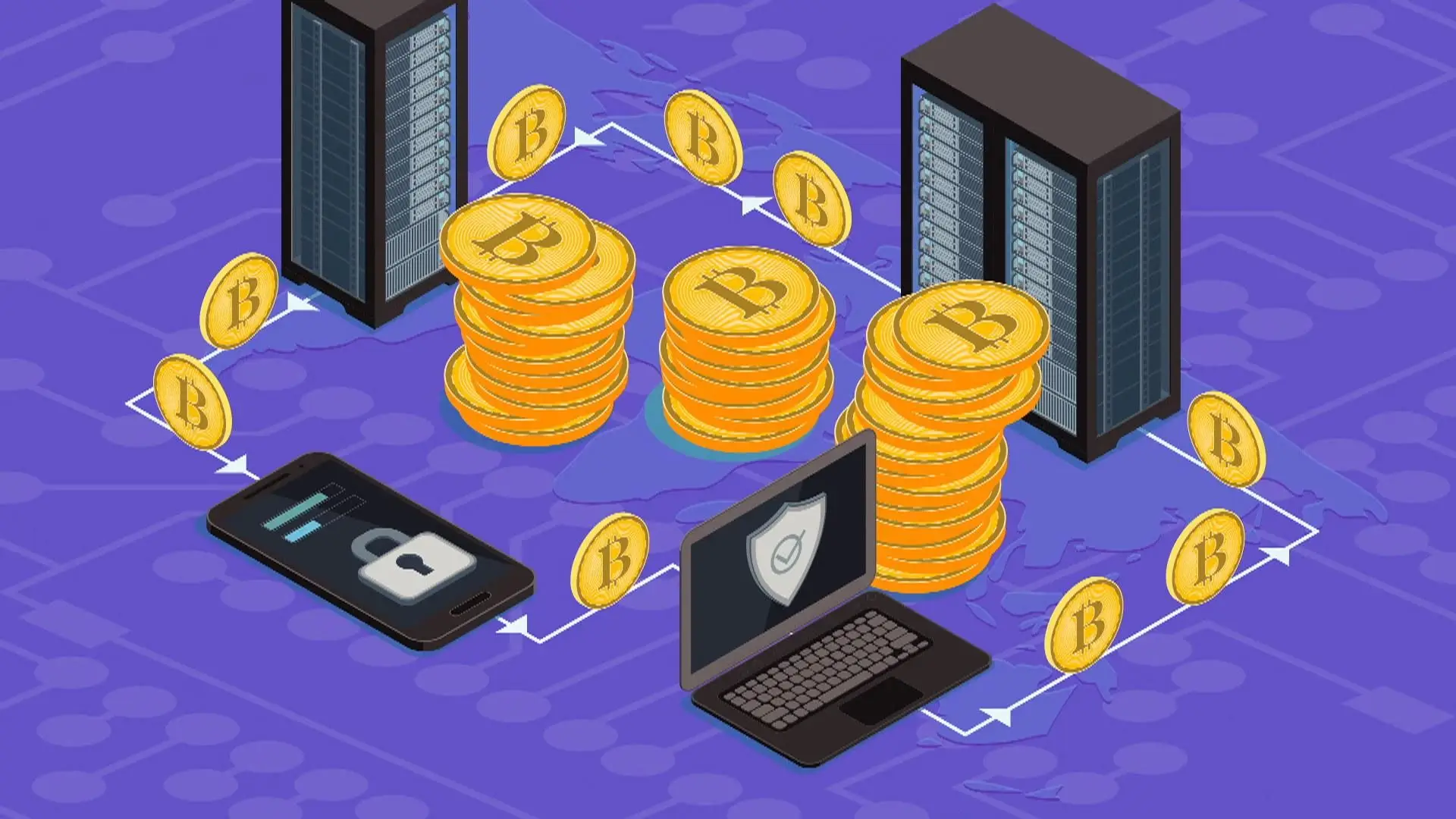The cryptocurrency market is developing rapidly, and the number of trading platforms is growing with it. How do you choose a cryptocurrency exchange that offers reliability, high liquidity and easy deposits and withdrawals? The solution requires an integrated approach, because the choice of a platform depends on many factors: commission level, ease of use of the interface, reputation, available tools and speed of order execution. Mistakes can be costly: a user may face account blocking, problems with withdrawals or even loss of funds due to hacking.
Types of exchanges: Which platforms offer the best conditions?
Trading platforms come in different forms. So, which exchange should you choose to trade cryptocurrencies? It depends on the user’s goals. Some platforms are aimed at professional traders and offer high liquidity, leverage and complex trading instruments. Others are intended for beginners and long-term investors and offer ease of use, low fees and support for fiat payments.
There are centralised exchanges (CEX) and decentralised exchanges (DEX) on the market. Each has its advantages and limitations. The choice between the two depends on what is more important: liquidity and ease of use or anonymity and independence from third parties.
Centralised Crypto Exchanges (CEX)
 Most traders operate on centralized exchanges such as Binance, Bybit, Kraken, OKX, KuCoin. The platforms offer easy registration, a user-friendly interface and high liquidity. However, they manage users’ funds, which entails risks in the event of piracy or financial problems for the source.
Most traders operate on centralized exchanges such as Binance, Bybit, Kraken, OKX, KuCoin. The platforms offer easy registration, a user-friendly interface and high liquidity. However, they manage users’ funds, which entails risks in the event of piracy or financial problems for the source.

Advantages:
- High liquidity and fast order execution.
- A wide range of trading instruments: futures, options, P2P, and staking.
- Integration with bank cards for depositing and withdrawing fiat money.
Disadvantages:
- Verification requirement (KYC).
- Control over the funds by the exchange.
- Risk of having your account blocked without explanation.
Decentralised exchanges (DEX)
On Uniswap, PancakeSwap, dYdX and GMX, you can trade without having to register. The funds remain in your wallet. These platforms are independent of the central government and offer complete autonomy.
Advantages of DEX:
- No intermediaries or verification.
- Maximum confidentiality.
- Access to tokens that are not on CEX.
Disadvantages:
- Low liquidity compared to centralized exchanges.
- High costs when loading the network (for example, on the Ethereum network).
- Lack of customer service.
How to choose the right exchange for cryptocurrency trading? If stability and liquidity are important, it is best to look at CEX. If anonymity and independence are a priority, then DEX is the optimal solution.
How to choose an exchange for crypto trading: main criteria
It is important to take into account a number of important parameters that determine the security, convenience and efficiency of the site. Mistakes in the selection can lead to withdrawal problems, high fees, insufficient liquidity or even loss of assets. Before signing up, you should evaluate the reputation of the platform, its level of security, trading conditions and possible costs. Trustworthy sites comply with regulations, guarantee the protection of participants’ funds, and offer a wide range of tools for working with cryptocurrencies.
Security: Asset protection is paramount
One of the most important parameters is the level of protection. Secure crypto exchanges use multi-factor authentication, cold wallets and asset insurance mechanisms. For example, Binance and Kraken cover users’ losses in the event of a hack.

Signs that a site is trustworthy:
- Mandatory two-factor authentication (2FA).
- Storing funds in cold wallets (most major exchanges have more than 90% of their assets offline).
- Availability of insurance and reserve funds.
Reputation and regulations
When choosing a cryptocurrency exchange, you should analyze the history and legal status of the site. Secure platforms are licensed, regularly audited and cooperate with regulators.
Factors that confirm reputation:
- Licenses available from FCA (UK), FinCEN (US), MAS (Singapore), FSA (Japan).
- Transparent work history and positive reviews.
- Absence of high-profile scandals and mass blocking of accounts.
Commissions: hidden and obvious fees
Optimizing trading fees is an important point when determining the choice of exchange and how you want to trade cryptocurrencies. Low fees save you money, especially with high staff turnover. For example:
- Cash transactions: 0.01% to 0.1% depending on the stock market.
- Futures and margin trading: from 0.02% to 0.075%.
- Withdrawal of funds – fixed fee or percentage of the amount.
Bybit and Binance offer 0% discount on deposits and P2P exchanges, while Kraken and Coinbase charge fees for fiat transfers.
Withdrawal of funds and ease of working with fiat money
Portals with support for bank cards and payment systems are convenient for quickly withdrawing money. However, conversion and transaction fees may vary. Reliable sources for fiat withdrawals:
- Binance: Supports bank cards, P2P, SEPA and SWIFT.
- Kraken – withdrawal via bank transfer.
- OKX – integration with payment services.
Decision-making algorithm
Before registering, it is important to check the platform to understand all the important parameters.
Algorithm:
- Check security: study security methods, authentication mechanisms and insurance funds.
- Evaluate liquidity: check trading volume, slippage and spread of major pairs.
- Study reputation: check licenses, ratings and the presence of major partners.
- Understand withdrawal conditions: know what fees, supported currencies and payment services there are.
- Compare fees and available tools: choose a platform with minimal costs and the options you need.
Conclusion
 To decide which exchange and how to trade cryptocurrencies, you should carefully analyze its security criteria, liquidity, reputation, and trading conditions. The optimal platform should offer asset protection, easy withdrawals, and favorable fees. Mistakes in selection can lead to financial loss, blocked funds, or problems with withdrawing them. Therefore, before registering, it is important to study the exchange’s terms and conditions, check its history, and test its functionality.
To decide which exchange and how to trade cryptocurrencies, you should carefully analyze its security criteria, liquidity, reputation, and trading conditions. The optimal platform should offer asset protection, easy withdrawals, and favorable fees. Mistakes in selection can lead to financial loss, blocked funds, or problems with withdrawing them. Therefore, before registering, it is important to study the exchange’s terms and conditions, check its history, and test its functionality.
 en
en  de
de  ar
ar  es
es  nl
nl  hi
hi  fr
fr  it
it  pt
pt  el
el 








